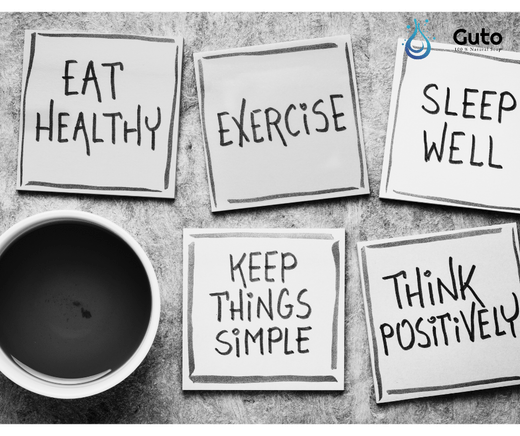
Toxic Load on the Body
Share
Toxic Load on the Body
Seven Troubles, One Answer
According to the U.S. National Cancer Institute, 75% of cancer cases are caused by diet and environmental factors.
Toxic load is a term long used by naturopaths and holistic practitioners, but the medical community is still lagging in understanding it, despite its potentially serious health implications.
Ancient medical systems have spoken about this for years, and today, our bodies contain more toxins than ever before.
Toxic Load: Poisonous Chemicals Within Our Bodies
Toxic load puts significant stress on the immune system and all other bodily systems, including mental health.
Minimizing toxic load can greatly improve our health and can be achieved through a series of simple lifestyle changes.
Sources of Toxic Load
Toxins come from many sources. In fact, we are constantly surrounded by artificial chemicals our bodies were never meant to encounter. Many of these chemicals are unrecognizable to the immune system and cannot be eliminated.
This toxic load can be deadly for our health, even if we don’t notice it immediately. In fact, we often don’t know how many chemicals we consume or are exposed to daily.
Over time, hundreds of toxins accumulate in our tissues, causing numerous diseases and eventually leading to death. Hundreds of illnesses can be linked to various environmental toxins, but most people are simply unaware of the daily toxic load they accumulate.
You might be shocked at the amount of chemicals you are actually exposed to on a daily basis. Here are some of the most common sources of chemicals increasing our body’s toxic load:
Food toxins: Including pesticide, fungicide, herbicide residues, synthetic fertilizers, antibiotics, and chemical additives such as artificial colors, flavors, and sweeteners. All industrially processed food is toxic. Microplastic particles, as we know, are highly toxic (e.g., plastic bottles). Industrially processed vegetable oils are also toxic and carcinogenic.
Water toxins: Absorbed through the skin or mucous membranes during drinking, showering, bathing, or swimming. Chemical additives like chlorine or fluoride are poisons, and we are exposed to them daily. Municipal water supplies also often contain traces of prescription medications, pesticides, fertilizers, and wastewater residues.
Air pollution: This can include toxic gases from fuel fumes and indoor pollution from paint, varnish, carpets, mattresses, and electronics. Mold is extremely toxic, affecting the lungs and causing inflammatory processes in the body.
Electronics: Devices like computers, TVs, monitors, refrigerators, and more release toxins from their internal components when heated, in addition to electromagnetic radiation.
“Many doctors claim that living within 10 meters of high-voltage power lines can, over the years, lead to cardiovascular issues, nervous disorders, chronic migraines, endocrine disruptions, impotence, and even cancer.”
Clothing: The clothes you wear may contain chemicals, including dyes, detergents, stain repellents, and more, all of which can be absorbed through the skin.
Household cleaning products: Everything from laundry detergents to toilet cleaners contains chemicals we are exposed to.
Personal care products: Skincare items, makeup, lotions, shampoos, soaps, sunscreens, and everything else applied to your body are absorbed through the skin to varying degrees.
Prescription medications: Often overlooked in discussions about toxic load, most prescription drugs consist almost entirely of artificial substances that the body is not designed to handle. We do not fully understand their long-term effects, nor can we comprehensively study their impact over years. It’s important to recognize that almost all pharmacology is essentially toxic.
What Can Be Done?
To preserve your health, it’s essential to reduce your body’s toxic load. Here are some strategies:
Eat organic, whole, and natural foods. Non-organic products expose you to pesticides, fungicides, herbicides, fertilizers, antibiotics, and hormones.
Switch to eco-friendly cleaning products. Replace bleach with vinegar, and use hydrogen peroxide to remove stains.
Improve air quality. Invest in an air purifier and indoor plants.
Avoid fish high in mercury.
Replace plastic containers with glass. BPA in plastics mimics estrogen in the body and can increase the risk of certain cancers, hormonal imbalances, and reproductive issues.
Choose natural, organic cosmetics.
Don’t feel you need to detoxify everything at once. Focus on two aspects at a time, such as personal care products and food, or drinking water quality and household cleaning products. It’s important to approach this realistically.
Remember, demand drives supply. Conscious purchasing decisions can influence policies about which chemicals are deemed safe for our products.
Health improvement begins with informed choices. Wishing good health to all of us!







